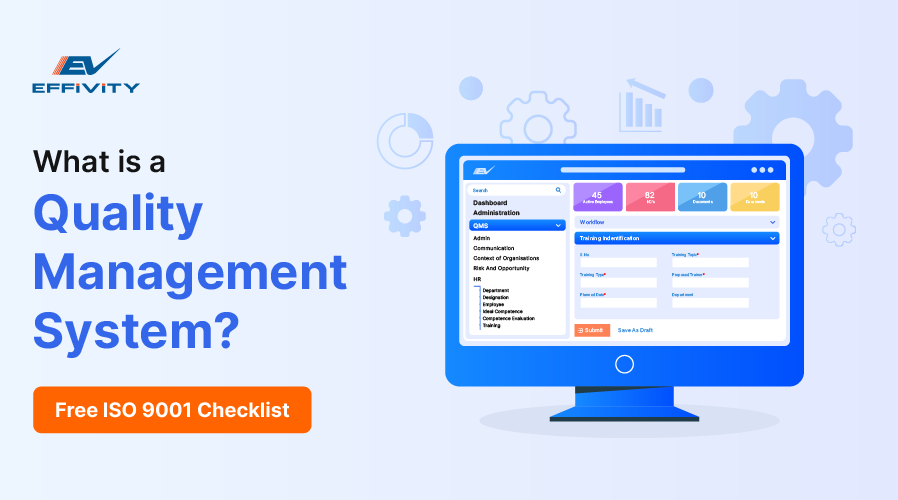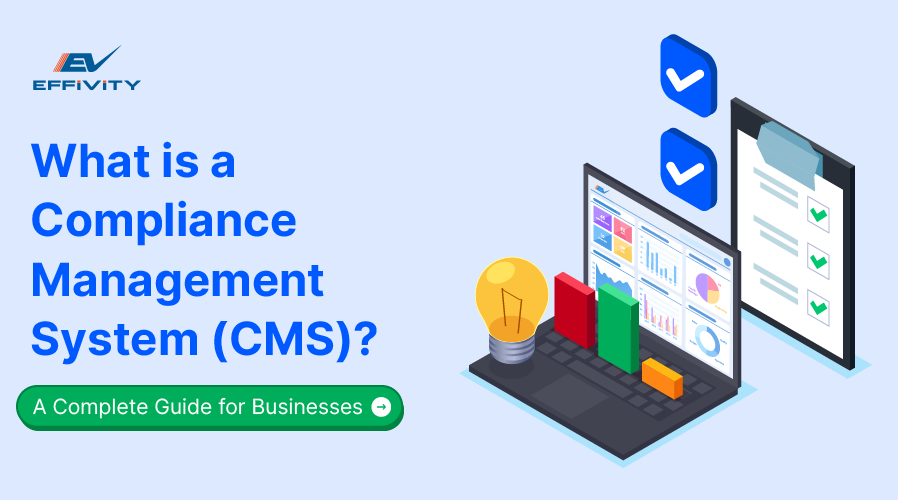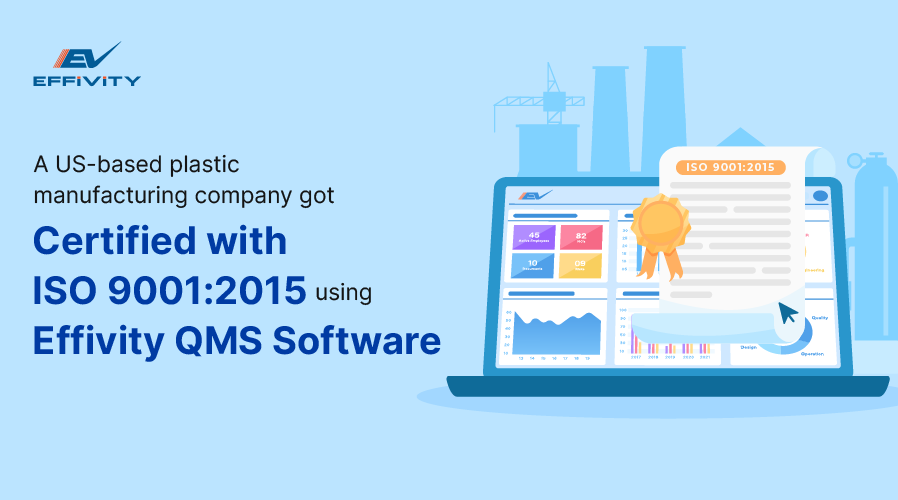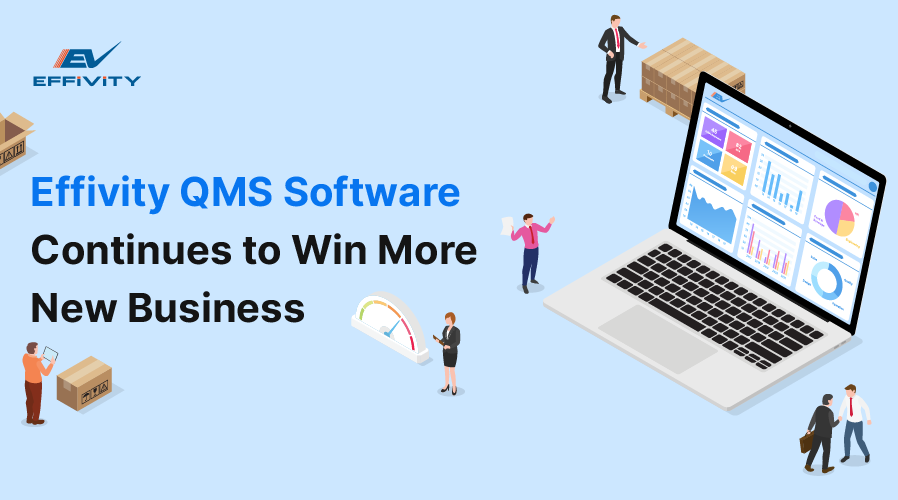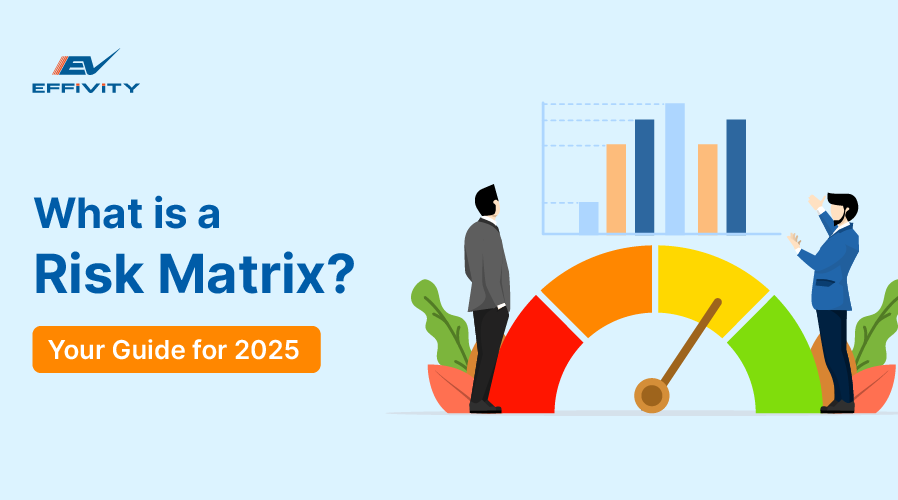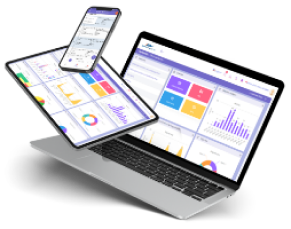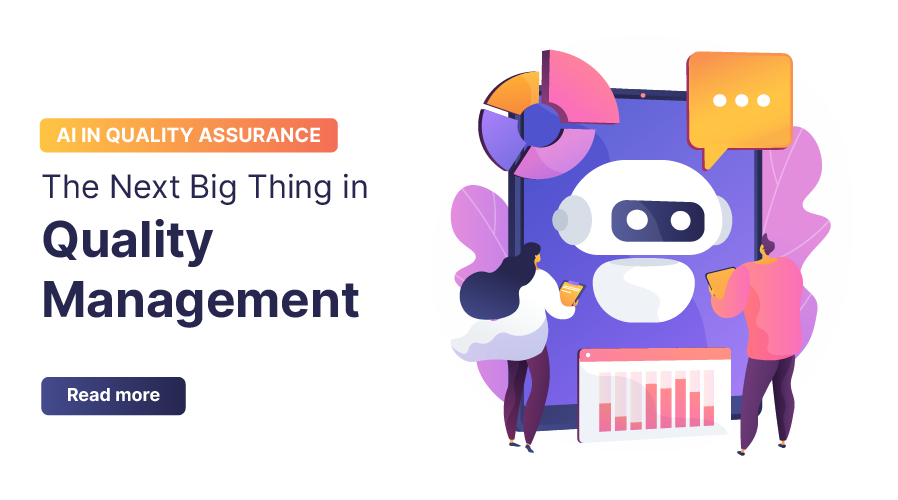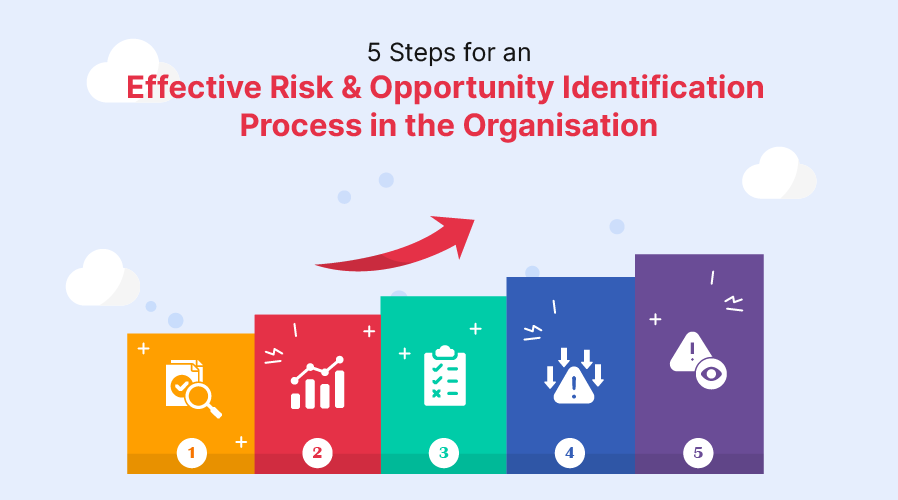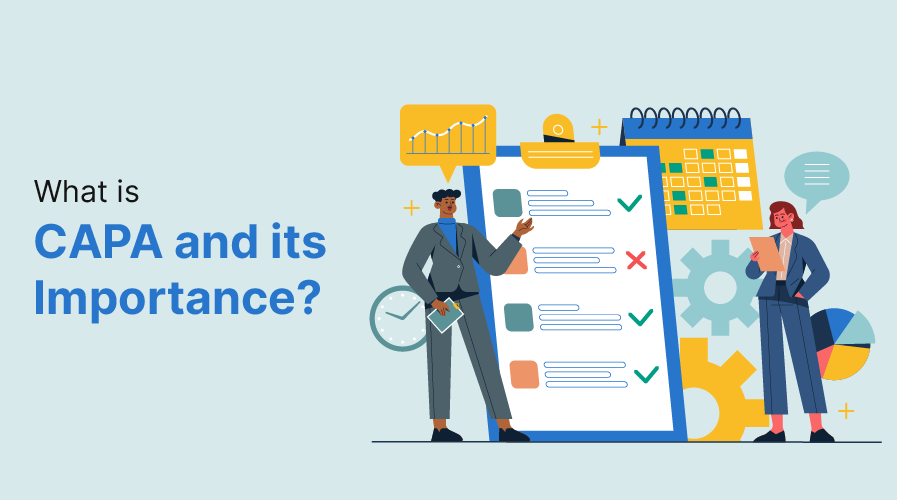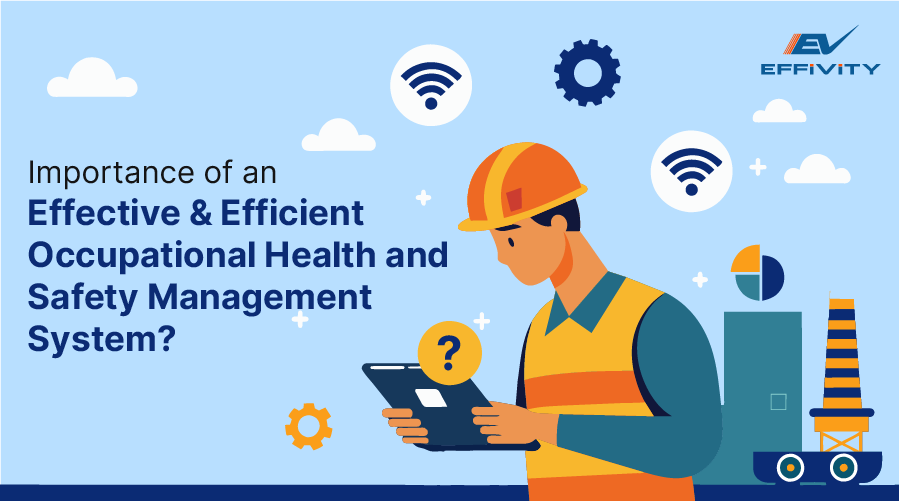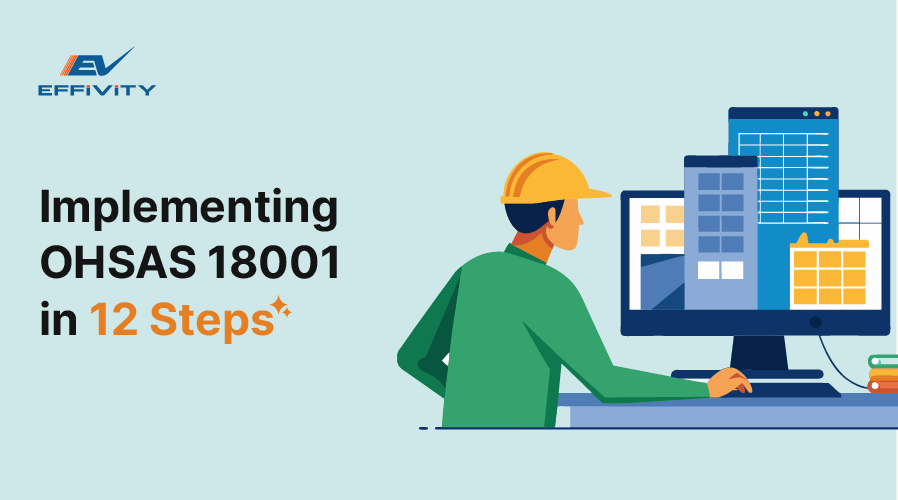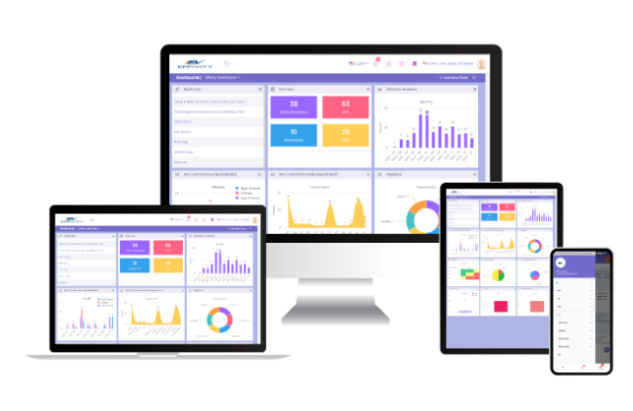Organizations are exposed to various fraud, cybersecurity, compliance and other risks in today's business landscape. These can be of varying degrees and intensity, all ultimately affecting your organization's procedures, efficiency and bottom line in some way. While risk is a given for any industry, having some way to assess and evaluate it is necessary to protect your organization and comply with complaint regulations.
While eliminating all risks is impossible, there are ways to identify, assess and prevent them. This is where a risk control matrix comes in. Risk control matrix allows organizations to define, evaluate and analyze risks, understand their risk environments and manage risks before they occur.
This article will explore what a risk matrix is, how it works and how you can use it in 2025.
What is a Risk Matrix?
A risk assessment matrix is an instrument for displaying potential risks that could affect a business. It is based on two factors: the likelihood that a negative event will occur and the severity or impact it will have if it does. These two factors intersect to determine the probability versus severity of the potential risk.
What are the Different Types of Risks?
Every industry comes with its own hazards and challenges. However, some common risks faced by almost any sector include:
1. Operational
Operational risks are challenges with an organization's internal systems, processes and resources. These could include data breaches, litigation, supply chain disruptions, hindered cash flow and more.
2. Reputational
Representative risks affect how a company is perceived by its customers, stakeholders, or governing bodies. Adverse publicity, fraud, poor-quality processes and products and other factors can lead to a poor public image, affecting customer retention, finances and decreased sales, among other problems.
3. Strategic
Strategic risks are any disruptions or external threats that could change your company's strategic direction. These could be failed projects, unsuccessful acquisitions, technological trends and advancements, etc.
4. Compliance
Compliance-related risks involve any regulatory or legal challenges that could threaten the organization. For example, fines and litigation-related problems could lead to significant financial losses and loss of opportunity.
5. Financial
In the risk assessment landscape, financial risks refer to any internal or external threats that could negatively impact an organization's financial procedures and operations and lead to significant economic losses.
Common Types of Risk Matrices
The most prevalent risk probability and impact matrices are the 3x3, 4x4 and 5x5 variations. Each one is suited to different projects and capabilities.
1. 3x3 Risk Matrix
A 3x3 risk matrix divides and grades risks into three categories or levels. While this smaller framework is best suited to small businesses and projects, it is also suitable for organizations that want to assess only a particular focus area, identify risk priorities, or aid decision-making.
For example, the risk probability and impact matrix for the 3x3 risk matrix could be:
- Severity: mild, moderate and severe
- Probability: unlikely, probable and recurring
2. 4x4 Risk Matrix
A 4x4 risk matrix assesses the probability and severity of risks on a scale of 4. The extra criteria are helpful for larger businesses and projects or organizations that need to focus on risk mitigation. An example of a 4x4 matrix could be:
- Severity: negligible, mild, moderate, severe
- Probability: highly unlikely, unlikely, probable, frequent
3. 5x5 Risk Matrix
The 5x5 risk matrix assesses risk and probability in 5 levels. The extra criteria and frameworks are helpful for complex projects, larger organizations and companies that want to perform more in-depth risk analyses. An example of a 5x5 risk matrix could be:
- Severity: negligible, mild, moderate, severe and catastrophic
- Probability: highly unlikely, unlikely, occasional, probable and frequent
How to Create and Use a Risk Assessment Matrix?
The following process can be used to create a risk matrix to assess your business's processes and strategies. These steps can be implemented for any version of a risk matrix:
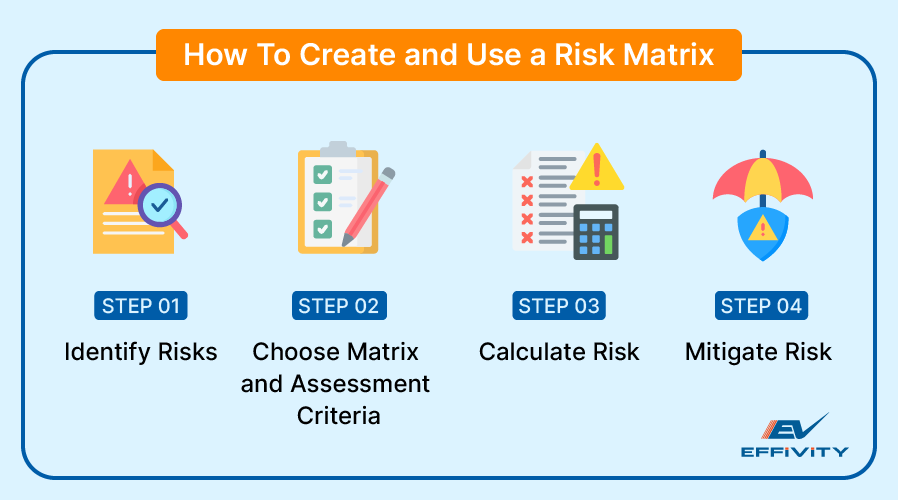
1. Identify Risks
The first step towards creating and using a risk matrix is to perform a thorough internal analysis to identify any risks in your project or organization. Research and scrutiny are also required for external threats, such as strategic or financial issues.
Identifying risks in an organization or focus area also requires communication and cooperation between different departments, teams and stakeholders. This provides different perspectives and gives a holistic view of your business's potential risks.
Some areas to focus on here could be your organization's strengths and weaknesses, any issues that may have arisen, challenges that management regularly faces, your organization's most valuable assets, any losses and more. After identifying the potential threats, you can assign them a title and description.
2. Choose your Risk Matrix and Assessment Criteria
After identifying the risks, the next step is to determine the factors that will be used to determine the risk criteria. Depending on your chosen matrix, you must assign each number from 1 to 3, 1 to 4, or 1 to 5. During this step, consulting with stakeholders in your business could help determine how various risks should be evaluated and how their scores should be determined.
Some factors to consider here could include how likely the threat's occurrence is, whether any strategies are already in place to deal with it, whether the necessary departments are aware of its existence, whether it is growing or reducing, its complexity, underlying causes and how long it has been a problem for your company.
Additionally, taking stock of whether your organization has the necessary resources to deal with these challenges is essential.
3. Calculate the Risk
Calculating the risk involves a simple formula:
Risk Level = Impact x Probability
These calculations can help you evaluate the impact of each risk on your organization's operations, strategy, finances and more.
4. Risk Mitigation
The final step in the process is dealing with the risks you have identified and calculated. The most consequential ones must be prioritized and well-designed strategies must be implemented to mitigate them. An action plan must be put in place to reduce the impact of these risks. Contingency plans must also be made to prepare for worst-case scenarios.
After these changes have been implemented, regular check-ins and follow-ups must be conducted. These will determine whether your risk management strategies have been effective or require tweaking.
Wrapping Up
A well-designed risk matrix can be highly beneficial to your organization. It helps to identify and classify the severity and likelihood of potential threats, allowing you to develop the necessary strategies to mitigate them. However, it is essential to note that risk matrices have certain drawbacks. For example, they often oversimplify complex risks by only considering parameters.
If you are looking for tools to help manage risks for your organization, consider Effivity. Whether health and safety, financial challenges, reputational damage, or something else, our Risk and Opportunity module lets you capture the types of risk and opportunity, define their context, evaluate and define the impact and probability of their occurrence and more.
Visit Effivity's website to learn more!

